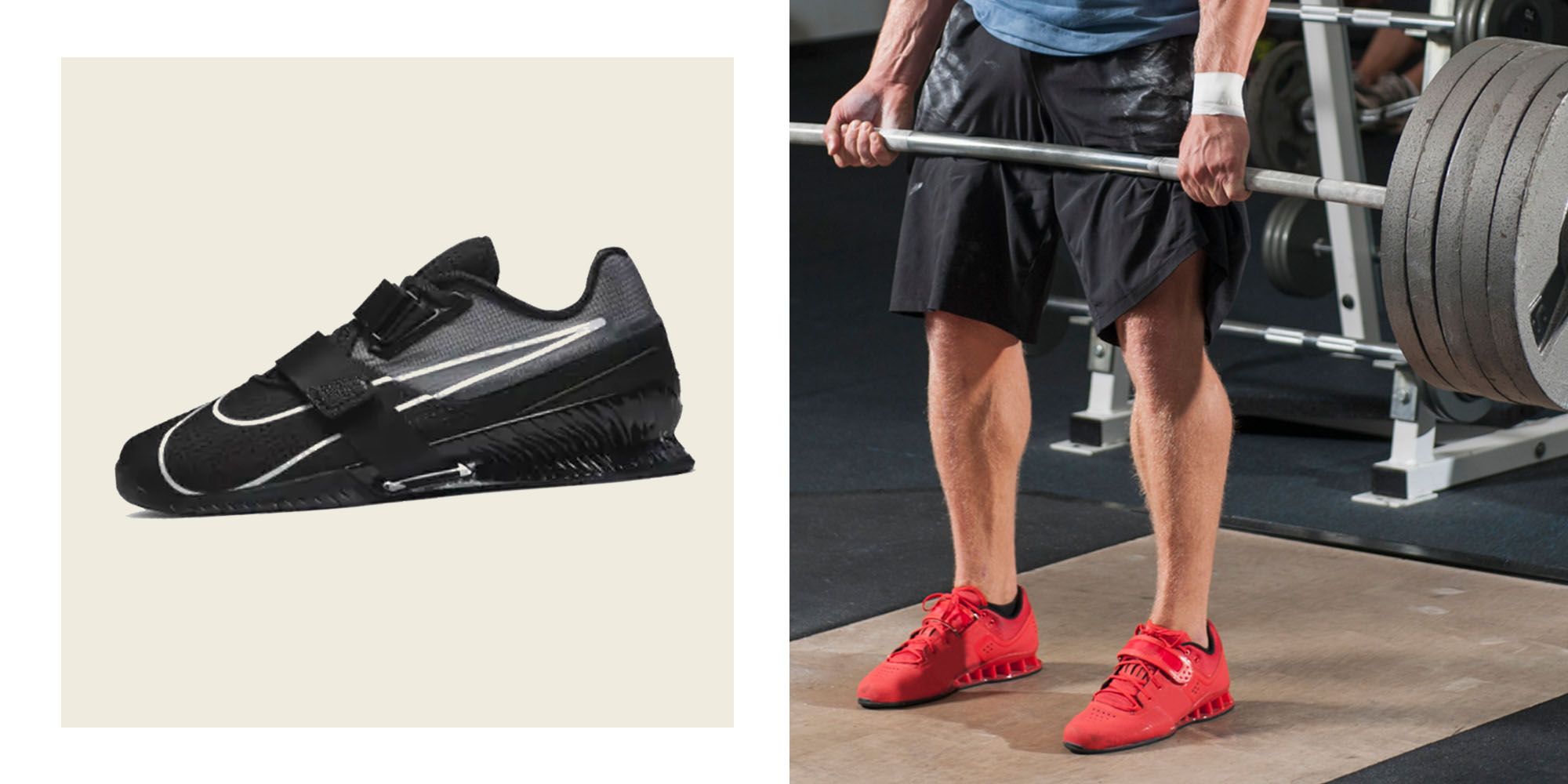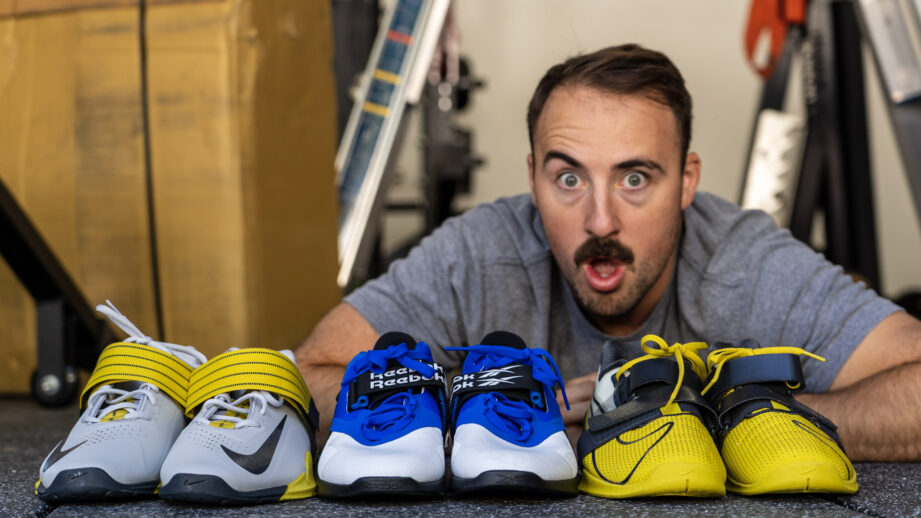When it comes to weight training, the right gear can make a significant difference. Among various essentials, weight training shoes are key for optimizing performance, enhancing stability, and preventing injury. This guide dives deep into everything you need to know about weight training shoes for men.
Understanding Weight Training Shoes
Weight training shoes are specially designed footwear that provide the support, stability, and grip necessary for weightlifting and other forms of resistance training. Unlike regular athletic shoes, they have unique characteristics that cater to the specific biomechanics of lifting.
The Importance of Weight Training Shoes
Many underestimate the role of shoes in weight training. Here’s why they matter:
- Stability: Proper shoes help maintain balance during lifts.
- Support: They provide ankle and arch support to minimize injuries.
- Grip: The sole’s texture enhances traction, preventing slipping.
- Power Transfer: A solid shoe can help maximize force transfer to the ground.

Key Features to Look for in Weight Training Shoes
Outsole Material
The outsole material significantly impacts grip and durability.
- Rubber: Widely used for its resilience and traction.
- TPU: Offers firmness and stability, ideal for heavy lifts.
Heel Height
Different heel heights can affect your lifting performance:
- Elevated Heel: Great for squats, allowing for better depth.
- Flat Heel: Preferred for deadlifts for optimal ground contact.
Cushioning
While cushioning can provide comfort, too much can compromise stability. Look for:
- Minimalist Cushioning: Preferred for lifting, allowing for a direct connection with the ground.
- Moderate Cushioning: Suitable for those who also perform cardio.

Fit and Comfort
Comfort is paramount. Ensure the shoes fit well and have:
- Snug Fit: To prevent slipping during lifts.
- Breathable Materials: Enhances comfort during sweaty workouts.
Popular Weight Training Shoes for Men

With numerous options available, let’s explore some highly-rated weight training shoes for men.
| Brand | Model | Key Features | Price Range |
|---|---|---|---|
| Nike | Metcon 7 | Flexibility, stability, multi-surface traction | $130 – $150 |
| Adidas | Powerlift 4 | Elevated heel, solid grip, lightweight | $90 – $110 |
| Reebok | Nano X1 | Versatile, cushioning, flexible design | $140 – $160 |
| Under Armour | TriBase Reign 3 | Stability, flexible support, durable | $120 – $140 |
| Inov-8 | Fastlift 335 | Dual sole, flexible upper, elevated heel | $160 – $180 |

How to Choose the Right Weight Training Shoes
Assess Your Training Style
Your training regimen plays a significant role in choosing the right shoes. Consider the following:
- Type of Lifts: If you do a lot of squats, look for shoes with an elevated heel. For deadlifts, consider flat-soled options.
- Cross-Training: If your routine includes varied workouts, opt for versatile shoes like the Reebok Nano X1.

Try Before You Buy
Whenever possible, try on shoes before purchasing. Check for:
- Overall comfort
- Toe box space
- Heel fit
Maintenance Tips for Weight Training Shoes

To prolong the life of your weight training shoes, consider these maintenance tips:
- Clean Regularly: Remove dirt and sweat buildup after use.
- Rotate Your Shoes: Use multiple pairs to reduce wear on a single pair.
- Store Properly: Keep them in a dry, cool place to maintain shape.
Pros and Cons of Weight Training Shoes

Advantages
- Improved stability and support
- Enhanced performance during lifts
- Reduced risk of injury
Disadvantages
- Can be more expensive than regular gym shoes
- Specificity may not suit all types of workouts

Weight Training Shoe Technologies
Innovations in Weight Training Footwear
Modern technology has greatly improved weight training shoes. Some key technologies include:

- Flyknit Technology: Offers flexibility and breathability (Nike)
- Powerframe Technology: Enhances stability while lifting (Adidas)
- NanoShell: Provides a flexible yet strong upper (Reebok)
Local Insights: Popular Trends in Weight Training Shoes for Men
In the USA, weight training shoes have become a staple in gyms across the nation. Various communities have their preferences based on local training cultures. For instance:
- New York City: Many lifters prefer brands like Nike and Reebok for their urban aesthetic.
- Los Angeles: Casual yet functional styles are favored, with Under Armour gaining popularity.
- Chicago: Where powerlifting is a common discipline, shoes with elevated heels like Adidas Powerlift are trending.
FAQs About Weight Training Shoes for Men
1. Do I need special shoes for weight lifting?
While regular sneakers can work, weight training shoes provide better support, stability, and grip, enhancing performance during lifts.
2. Can I use running shoes for weight training?
Running shoes are designed for forward motion and cushioning, which can compromise stability during weightlifting. It’s advisable to use weight training-specific shoes.
3. How often should I replace my weight training shoes?
On average, weight training shoes should be replaced every 6-12 months, depending on usage, to ensure optimal support and performance.
4. What type of shoes is best for squats?
Shoes with an elevated heel, such as the Adidas Powerlift, are generally preferred for squats as they facilitate better depth and stability.
5. Are weight training shoes good for cross-training?
Some weight training shoes, like the Reebok Nano X1, offer versatility that makes them suitable for cross-training workouts.
Conclusion
Choosing the right weight training shoes for men is crucial for achieving your fitness goals. By understanding the features, benefits, and technologies involved, you can invest in a pair that supports your training style and enhances your performance. Whether you’re lifting for strength, aesthetics, or overall fitness, the right shoes are an essential part of your gear.
For more detailed studies and data, refer to reputable sources such as the National Institutes of Health or consult this PDF guide on weight training recommendations.